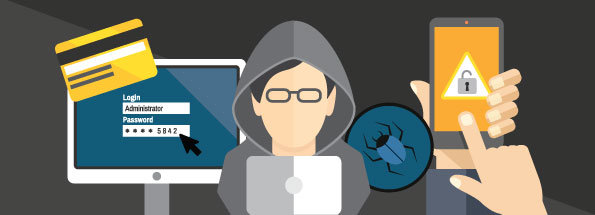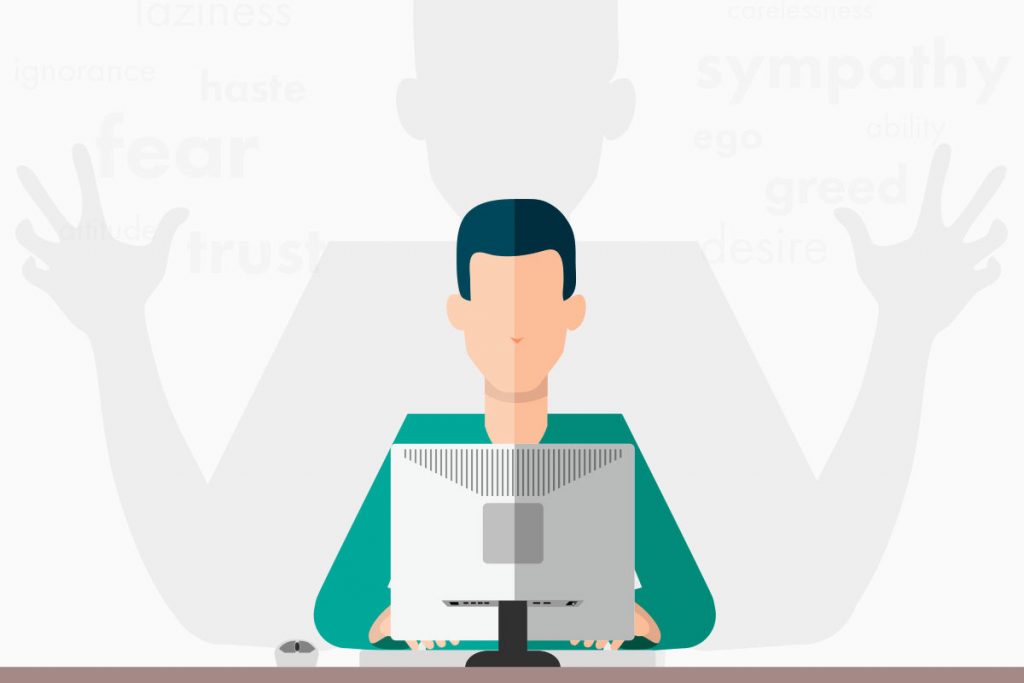Cyber security as an industry is growing today. More malware is being launched daily. Security experts are continually joining the fight. Banks, corporations, and wealthy celebrities aren’t alone in being targeted. Individuals such as ourselves are also being targeted since anyone who’s online is a target. This is why it’s important to understand what some of the most shocking cyber security facts are today: learning about them will help you see how dangerous the internet is and how you can protect yourself.
Real Time Vulnerability
When you look at real-time vulnerability information you’ll notice that one of cyber criminals’ favorite targets is the U.S. These attacks can do a lot of damage. For instance, MyDoom cost $38.5 billion in damages, making it one of history’s most expensive viruses. First spotted in January 2004, it’s also the fastest spreading email worm ever. Originating in Russia, its author was never discovered.
Viruses like this effect everyone – yourself included. They’re extremely dangerous because once someone takes control of your computer you may never regain control over it yourself. Unfortunately, most antivirus solutions can’t detect such malware, so you need to be more proactive – scan your internet traffic for potential threats, block access to hacker-controlled servers, and prevent data leaks.
Viruses aren’t the only thing you need to watch for. You also need to watch out for cyber criminals themselves – 41 of whom are on the FBI’s most wanted list today. One such group of criminals is the Jabberzeus subjects who knowingly installed malicious software on their victims’ computers without them knowing it. In doing so they’ve captured bank account numbers, passwords, personal identification numbers, and confidential information.
Hackers like these are very powerful and dangerous. You’ll hear about them on TV so you know how to protect yourself – mainly by updating your software and protecting your personal information.
Social Engineering
Social engineering plays a common role in cyber attacks today. In this context, social engineering occurs when you manipulate people into performing actions you want or divulging personal information. Criminals then use these things to conduct fraud or gain access to a system and wreak havoc (especially with Trojan horses).
A great example of this happened when an Eastern European cybercrime ring stole $1 billion from 100 banks in 30 countries through phishing emails. This is an example of the most popular type of attack today – accounting for 91% of all attacks. The best way for you not to become a victim yourself is by checking who sent the email since you don’t want to click on strange links or install software from an untrustworthy source.
Social media also a popular arena for attacks because people spend a lot of time here clicking on links – something hackers use to their advantage. Heimdal Security says some of the most popular types of cyber attacks that occur here include:
- Life-jacking: posting fake Facebook like pages that when clicked on downloads malware to your computer
- Phishing: cleverly disguising an attempt to steal personal information as a trustworthy entity
- Social spam: many types of spam exist to bully you into providing personally identifiable information
These attacks happen quite frequently because people trust their friends. Unfortunately, this has led to over 600,000 Facebook accounts being compromised daily – 1 in 10 people. Since you don’t want to be one of these people you should educate yourself enough to know what links you shouldn’t click on. Although our government wants us to believe they’re helping us with this, they really aren’t. In fact, they’re releasing malware of their own that accelerates the evolution of criminal malware. They’ve also caused the hacktivism movement in which hackers are acting in subversive ways. While you may not think that things like arguing for free speech, human rights, and the freedom of information would have a negative impact, this is a form of anarchic civil disobedience that leads to a lot of crime today.
Hacktivists use code, website mirroring, and geo-bombing to achieve their objectives. This is why you need to look for the SSL security protocol on all websites you visit. You also need to create long, complicated passwords that you store in a dedicated app – not in your browser. It’s also important to keep your system and software updated.
What the Future Holds
There are a few stats that will help you to understand where the future of cyberattacks and cybercriminals stand. These include:
- 99% of computers are vulnerable because they contain Java, Flash, or Adobe Reader – all of which contain numerous vulnerabilities that allow cybercriminals to infect your computer with ransomware. Since you need these programs, you need to make sure your software and your computer are always up-to-date.
- 59% of employees are known to steal proprietary corporate data when they quit or are fired. Other employees are tricked into giving external parties secret information. This is why companies need to carefully manage their passwords by using strong passwords that they change regularly and store in a password management application.
- 68% of funds lost in a cyberattack couldn’t be recovered. This isn’t only costly, it’s also taking up more time – up to 170 days to detect most attacks today. This is a 96% increase over where these numbers were just 5 years ago. It equates to 138 successful attacks weekly and 68% of these have funds stolen and never recovered. This is why people need to be more alert to phishing schemes and save their passwords in a password manager application.
Clearly, there’s no such thing as too small of a threat. There’s also no protection that’s “too strong.” You need to exercise caution with all cyber security threats today. Regardless of who you are or how much money your business earns, you can’t afford to spare anything when it comes to protecting your business against potential hackers. What this solution looks like will be different for every business, but you must take steps to protect your social media accounts, email, and operating system today.






One Comment on “Key Elements That Threaten Your Online Security A list of the most common online threats & vulnerabilities and a guide explaining how you can protect yourself: viruses, malware, life-jacking, phishing, social spam & more.”